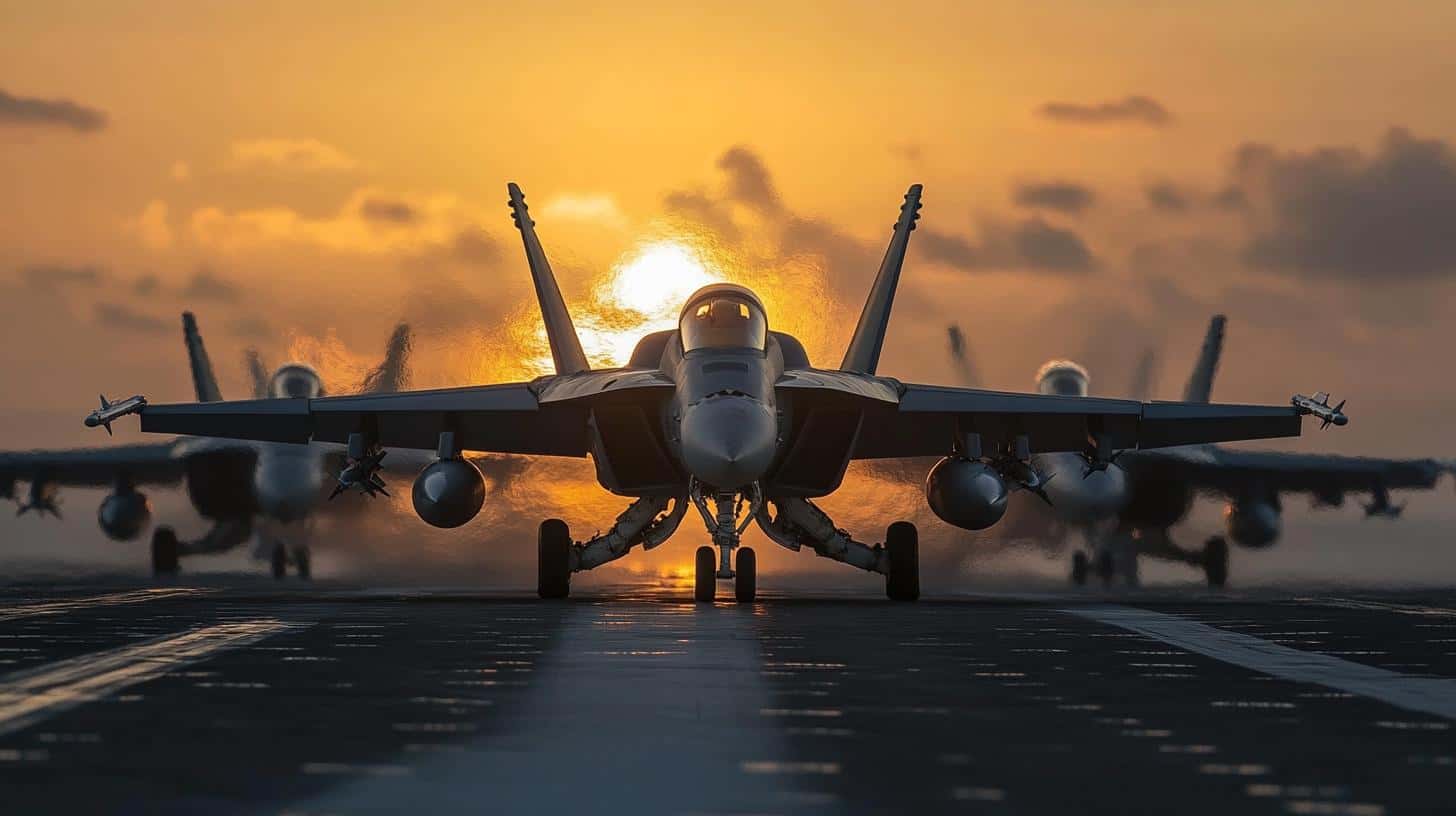When discussing the cost of military jets, one might be astounded by the staggering figures. But how much does a military jet really set back the budget? Let’s explore the details behind these multimillion-dollar flying machines, keeping in mind the vital role they play in national defense.
The cost of a military jet can vary dramatically depending on the type and capabilities of the aircraft. For example, the widely-recognized Lockheed Martin F-35 Lightning II, a fifth-generation multirole fighter, is priced at approximately $80 million for its most recent versions. This includes cutting-edge technology such as stealth features, advanced sensors, and state-of-the-art avionics.
If we look at a slightly older but still formidable model, the Boeing F/A-18E/F Super Hornet, it bears a price tag of around $70 million per unit. This twin-engine, supersonic, all-weather carrier-capable fighter jet has been a reliable asset for navies worldwide.
Higher-end jets like the Lockheed Martin F-22 Raptor showcase even more astronomical costs, estimated at over $150 million per aircraft. As the first operational fifth-generation fighter, its combination of stealth, speed, agility, and precision has made it unparalleled since its inception.
Beyond the initial purchase price, there are lifelong costs associated with these jets, encompassing maintenance, upgrades, and pilot training. Therefore, nations investing in these machines need to consider long-term financial commitments that extend well beyond acquisition.
Ultimately, the high cost of military jets reflects their crucial role in maintaining national security and deterrence capabilities, investing in technology that ensures safety in uncertain times.
The True Cost of Military Jets: Beyond the Price Tag
When examining the impact of multi-million dollar military jets, it’s essential to consider not only their price but also how they reshape the lives of individuals and nations. These flying titans are central to modern defense strategies, but what are the broader implications?
Economic Burden and National Interests: The substantial investment in military jets significantly impacts national budgets. For countries like the USA, acquiring jets such as the F-35 and F-22 is not merely a purchase; it often entails trade-offs in social spending. How do these investments weigh against, say, healthcare or education?
Technological Advancements and Global Competition: The race for superior air capabilities propels advancements in aviation technology. This arms race can lead to international tensions. As countries strive to outpace one another, could this pursuit lead to increased global instability?
Environmental Controversies: Military jets, with their vast fuel consumption, contribute to environmental issues. Reports suggest defense-related activities account for high carbon emissions, impacting climate change initiatives. How should nations balance military readiness and environmental responsibilities?
Advantages of Military Jets: On the brighter side, investing in these jets fosters technological innovation, creating jobs and enhancing national safety. The advanced sensors and stealth of jets like the F-35 reflect cutting-edge research with civilian applications in aerospace and electronics.
Disadvantages: Conversely, the financial strain on smaller or developing nations aiming to maintain air parity can be immense. Additionally, the environmental footprint remains a significant concern.
For more information on modern defense technologies, visit Lockheed Martin or Boeing.







